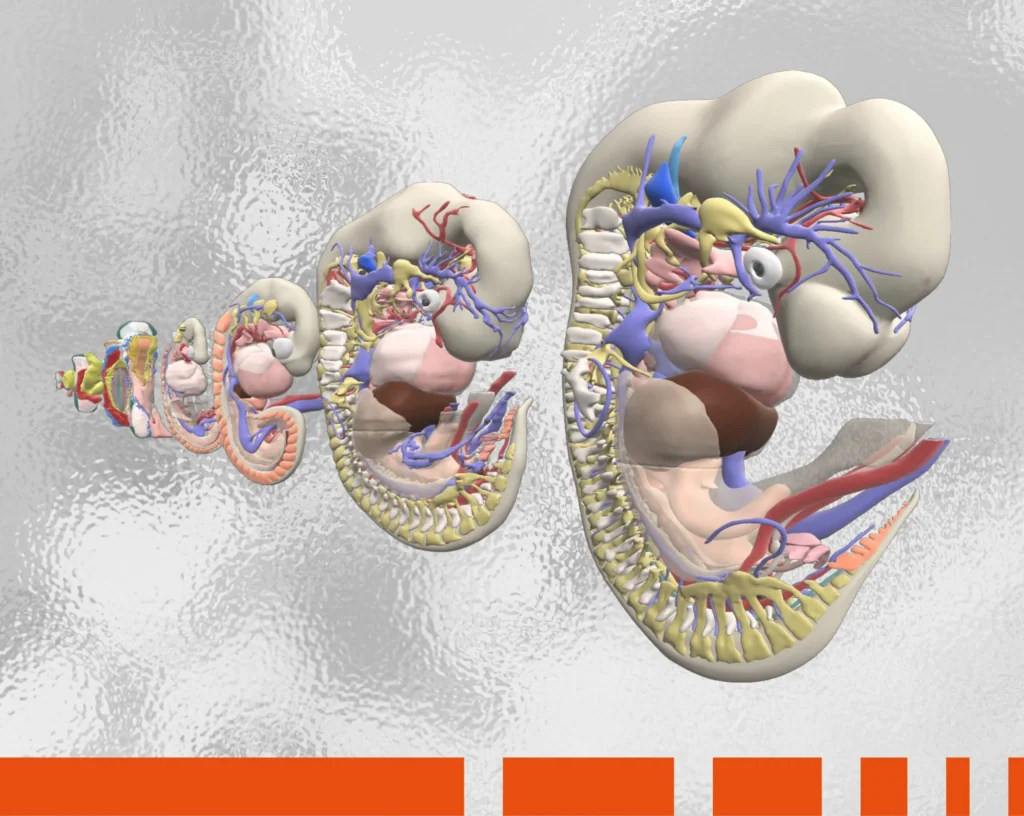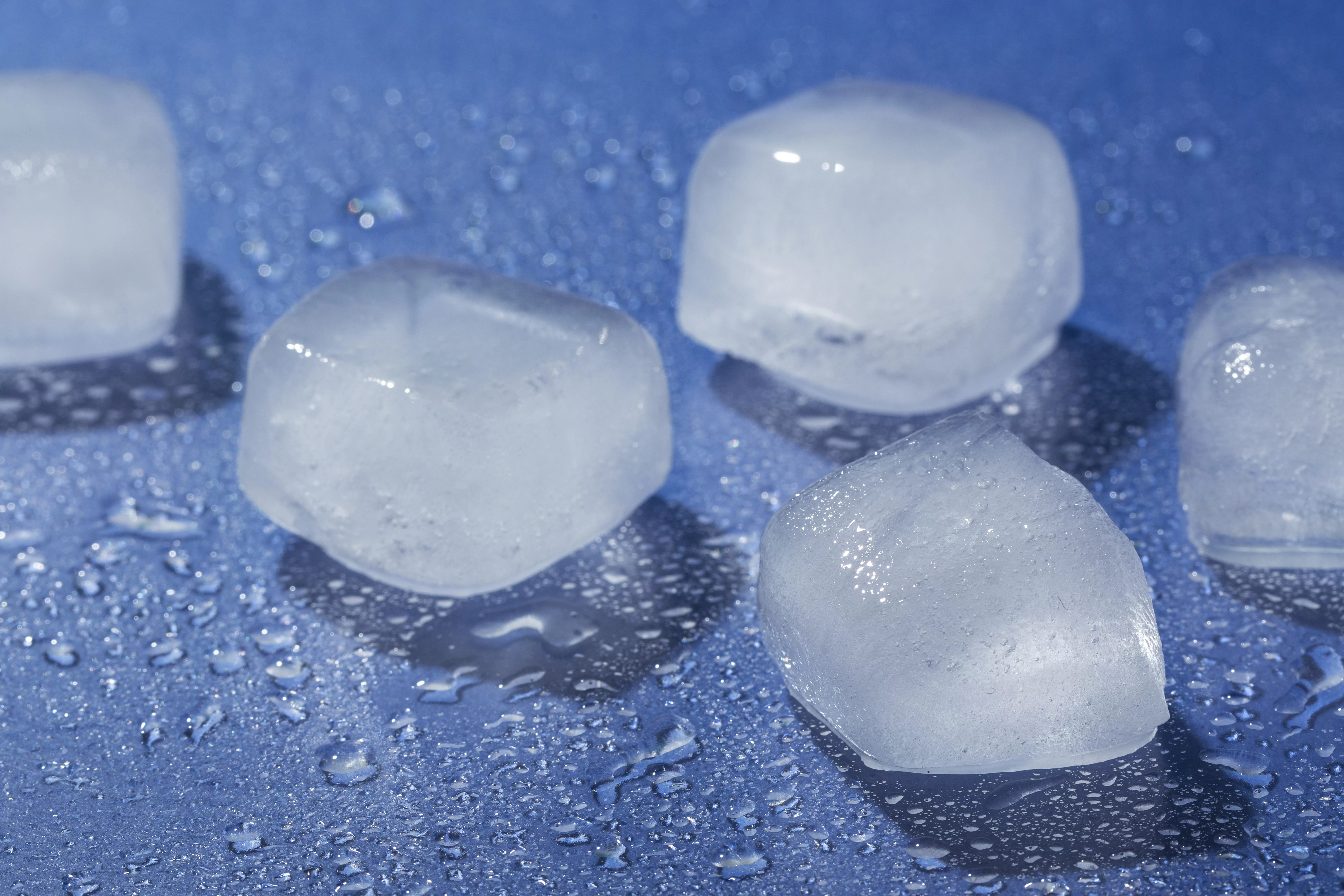When temperatures rise, nothing sounds better than cooling down by grabbing a tall beverage filled to the brim with crystal clear ice cubes. After draining the last drop, it may be tough to resist the urge to chomp down on the remaining ice, bringing your teeth together with a satisfying crunch. For some people, sipping on cold drinks and chewing on ice is more than just a way to cool off; it’s a compulsion. For others, it can indicate an underlying medical condition. And for your teeth, it can spell disaster. Read on to explore the causes and consequences of chewing on ice.
Why do we chew on ice?
Nearly everyone has crunched down on a mouthful of ice at one time or another – but have you ever asked yourself why?
Perhaps the most obvious reason is thirst. When your body is dehydrated, it craves liquids to offset the symptoms of dry mouth and lips, headache, fatigue, and more. Drinking a cold beverage or crunching ice cubes can help alleviate those feelings.
But there are additional, not-so-obvious reasons some people find chewing on ice irresistible. For example, those suffering from iron-deficiency anemia and its accompanying severe fatigue might find themselves craving ice. One theory as to why is that consuming ice helps them feel more alert and that its coldness acts as a stimulant to the brain, providing momentary relief from their symptoms. People who are pregnant, breastfeeding, or menstruating are more likely to be anemic and thus, more likely to have ice cravings as well.
For some people, chewing ice is a reaction to emotional stress and a way of relieving mental tension through a physical act. Ice chewing has also been linked to obsessive-compulsive disorder (OCD).
Regardless of the reasons for eating ice, those who have an uncontrollable urge to do so may be suffering from pagophagia, the medical term for compulsively eating ice, ice chips, and even freezer frost. It’s considered a specific form of the eating disorder pica, in which sufferers are compelled to eat non-nutritional items (think clay or paper, rather than chips or other junk food with questionable nutritional value).
What are the effects of chewing ice on the anatomy of the tooth?
So what parts of your body are involved in all this crunching, nibbling, and gnawing? Unsurprisingly, your teeth, whose function it is to mechanically break down food, play the starring role.
Humans have two sets of teeth in their lifetimes: 20 deciduous teeth (otherwise known as “baby teeth”) and 32 permanent teeth, which replace deciduous teeth, typically between ages 6-20. Teeth are classified into four different types:
-
- Incisor: Found in the midline of the jaw, the four incisors cut food and each have one root. Incisors can be “central” or “lateral” depending on their location.
-
- Canine: These two pointy teeth (sometimes colloquially called “fangs”) lie lateral to the incisors and have one root each. Their job is to pierce food.
-
- Premolar: Tearing food (or ice) is up to the premolar teeth (circular teeth with two cusps and one root each), except for the first maxillary premolar, which has two roots. These premolars are strictly permanent teeth and not present in deciduous form.
-
- Molar: Adults have 4-6 of these permanent teeth (depending on whether the wisdom teeth emerge at all, usually after age 17), which are primarily responsible for crushing. Mandibular molars have two roots; the maxillary molars usually have three.
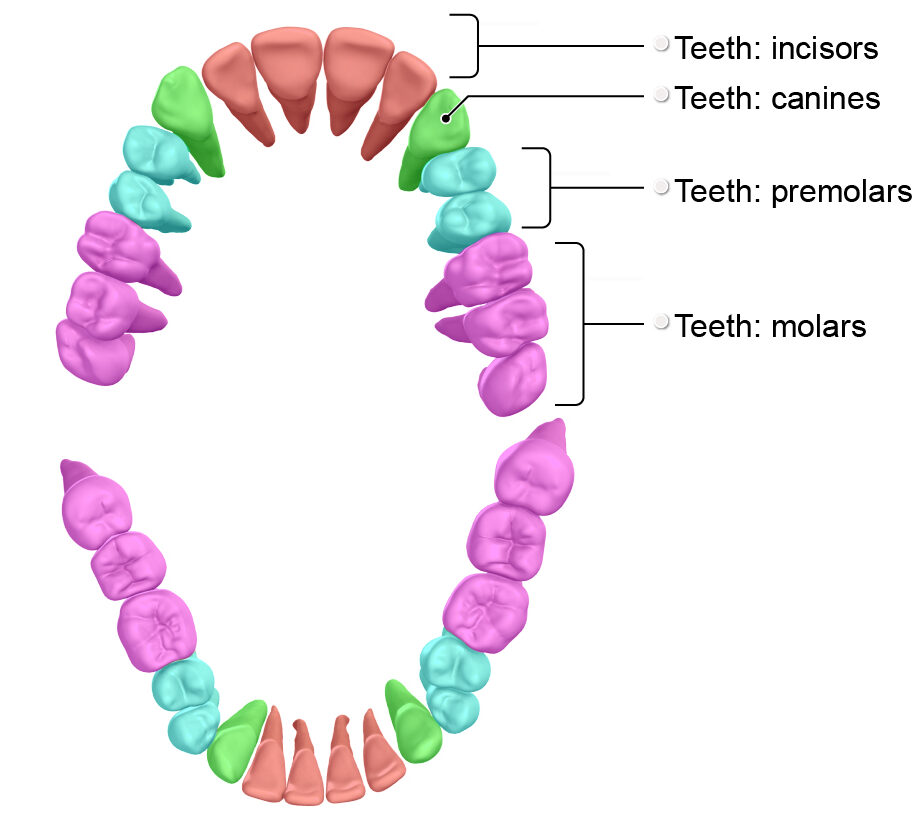
Each tooth has four main parts: the crown, neck, root, and cavity. The crown is the part of the tooth visible above the gum line. The neck forms the juncture between the crown and root. Each tooth has between 1-3 roots which run from the crown to the alveolus (a pocket in the jaw into which the tooth fits, holding the tooth in place). The pulp cavity holds the pulp tissue.
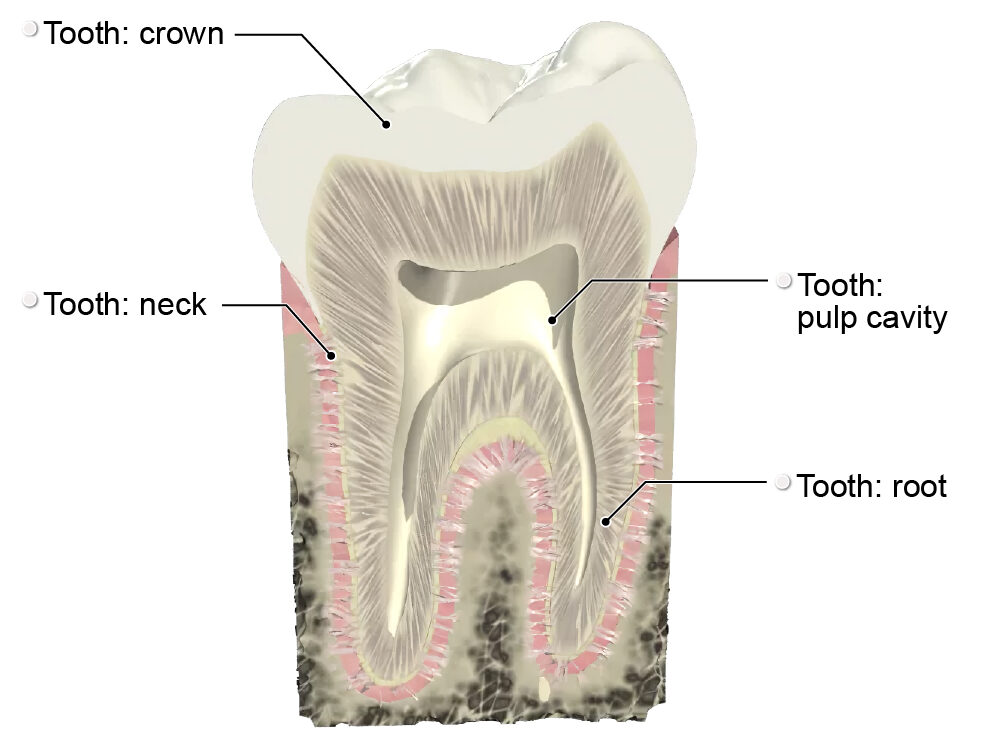
Speaking of tissues, guess what? The teeth boast four types of those, too:
-
- Pulp is soft tissue which contains nerves and blood vessels that nourish the dentin.
-
- Cementum is tough yellow tissue that covers the root.
-
- Dentin is hard tissue that makes up the majority of the tooth. It can regenerate itself if it gets damaged, just like the cementum can.
-
- Enamel is the hardest tissue of the teeth and in fact, the hardest substance in the entire body. It covers the dentin.
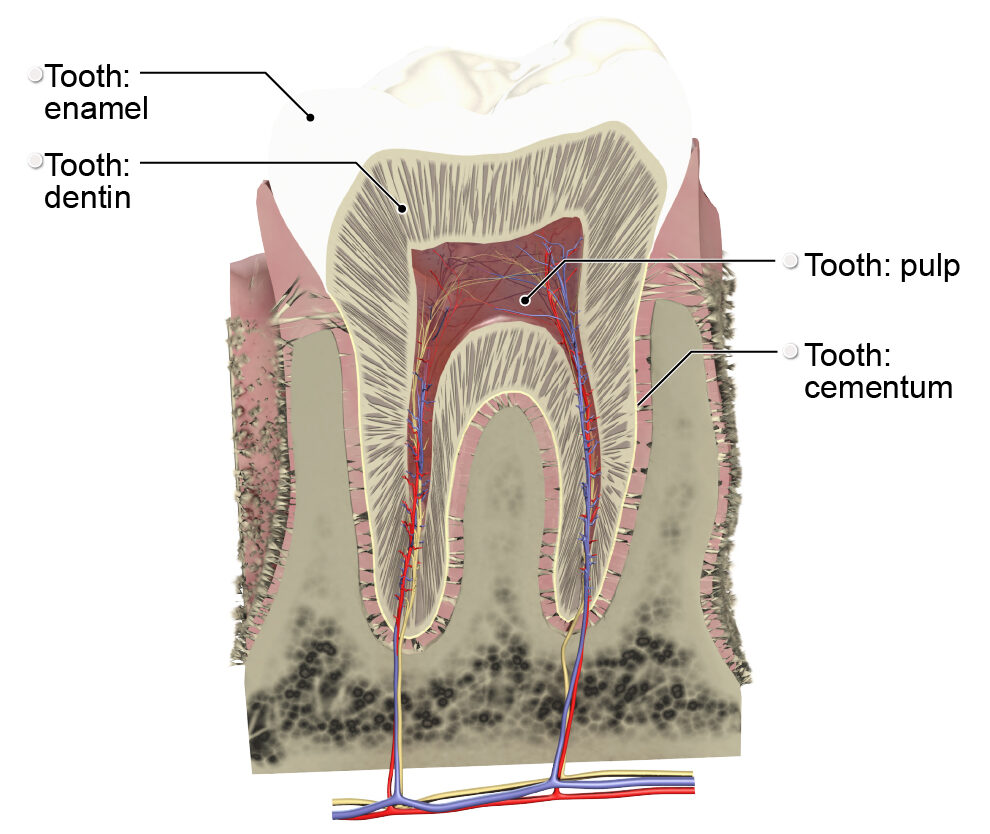
Holding the teeth in place as you crunch through a mouthful of ice cubes is the job of several other tissues, namely:
-
- The periodontal membrane, which attaches the root to the alveolar socket.
-
- The alveolar bone, which forms the sockets in which the teeth rest.
-
- The gingiva, or gum tissue, a mucosal layer that attaches to the underlying bone and cementum of the teeth via the periodontal membrane.
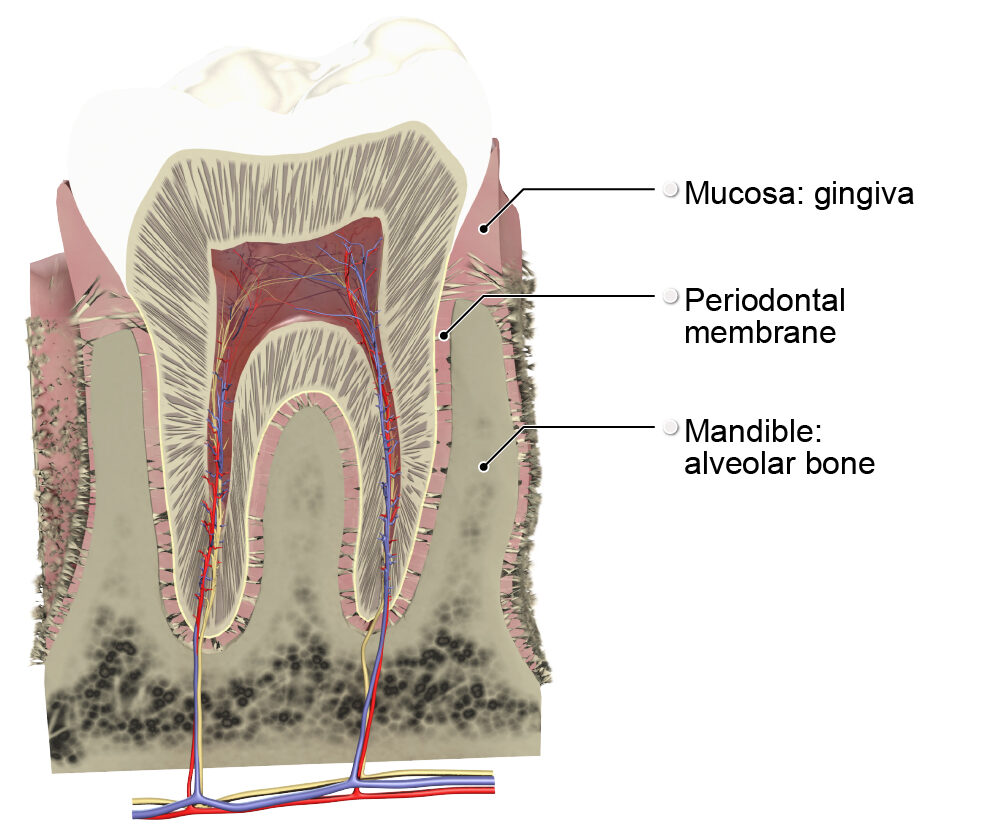
What are the risks of ice chewing?
Now that we understand the structure of the teeth, let’s talk about the consequences involved in biting down into a chunk of frozen water. While those who make a habit of eating ice may statistically increase their chances of causing tooth damage, the reality is that even one wrong bite can cause a host of issues. Even though enamel is the strongest substance in the body, chewing on ice can cause it to fracture. Those who already habitually grind their teeth, during sleep for instance, have an even greater risk of causing such potentially irreparable damage by chewing on ice. Since tiny fractures may have already formed on the teeth, they are left more vulnerable to further harm.
It’s not just natural enamel which can be harmed by chewing ice, either. You can also cause chips or breakage of fillings, crowns, dentures, and other dental restorations. Those who wear braces or other orthodontic devices also risk causing breakage to those items as well.
How to stop chewing ice?
What if your preoccupation with nibbling on ice or drinking ice-cold beverages goes beyond enjoying the occasional ice pop or sipping on a frozen margarita? If you find yourself preoccupied with your craving for ice even when you’re not thirsty or hot and your desire for ice is a persistent need, rather than just a preference, it may be time to seek help. A good first step is visiting your general practitioner to determine a physiological reason for your ice chewing compulsion, like anemia. There is not much scientific research on pagophagia treatment and medical professionals differ on their opinions in approach. While some recommend replacing the habit with something like gum chewing, others argue that the act of excessive chewing can still pose dangers to already compromised teeth.
Once a physical cause has been ruled out, following up with a mental health professional who can help you pinpoint the reasons behind your compulsion and develop healthy coping strategies to deal with it is key. Approaches like cognitive behavior therapy (CBD) can help you identify and change negative thought patterns and effectively deal with the stressors that may be contributing to your ice chewing habit. Getting it under control can lead to a happier you and a healthier mouth!
The images in this post are from from Primal’s dentistry specialty content and the 3D Atlas module. To learn more about this or other Primal learning resources, please fill in the form here and our team will be in touch.
